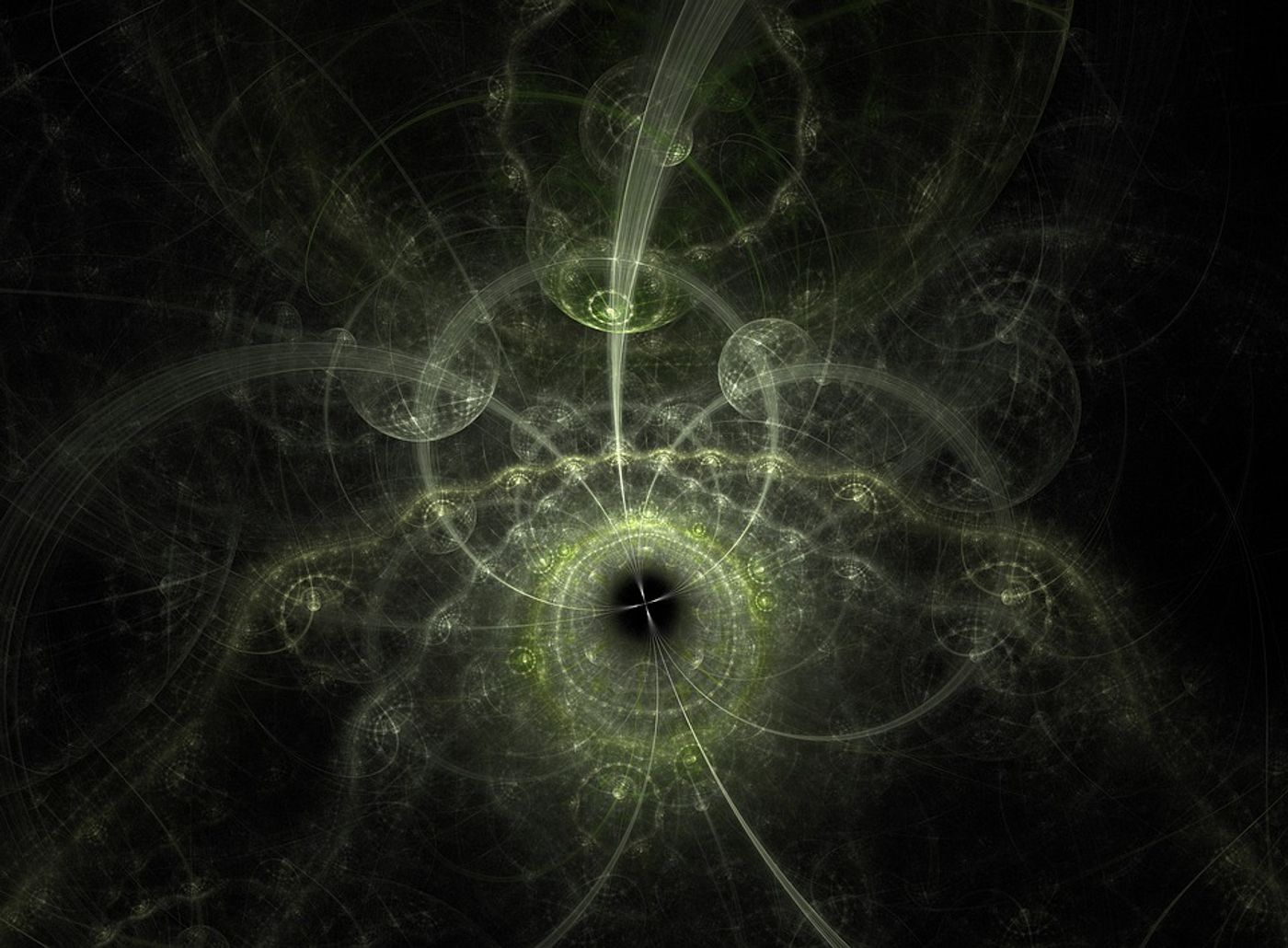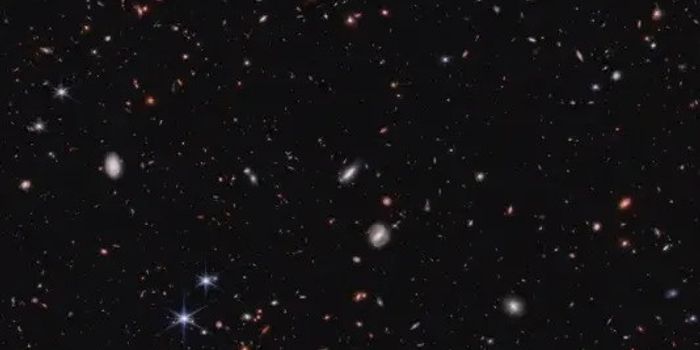The Kondo screening cloud, in all its glory
We knew it existed; we just never saw it before.
No, I’m not talking about the Easter Bunny, rather the quantum phenomenon known as a Kondo screening cloud! The Kondo effect, named after Jun Kondo, describes the scattering of conduction electrons in a metal due to magnetic impurities, resulting in a characteristic change in electrical resistivity with temperature. That resulting change in electrical resistivity forms a cloud that has been known to theoretically extend several micrometers, however until now the physical evidence of its existence has yet to be demonstrated. But new research published recently in Nature presents experimental evidence of a Kondo cloud, thus culminating a fifty-year mission in pursuit of this rare phenomenon.
During the last five decades, physicists have attempted to demonstrate the Kondo cloud using nuclear magnetic resonance and scanning tunneling microscopy, yet to no avail. Despite many attempts, scientists have not been able to show the cloud’s signature at more than a distance of less than one nanometer. Given that the cloud has been mathematically predicted to extend over microns, a shown cloud length of less than a nanometer is comparably insignificant. Now all that has changed.
Theorist Heung-Sun Sim of KAIST commented, "The observed spin cloud is a micrometer-size object that has quantum mechanical wave nature and entanglement. This is why the spin cloud has not been observed despite a long search. It is remarkable in a fundamental and technical point of view that such a large quantum object can now be created, controlled, and detected."
Using an interferometer in a quantum dot, researchers of the new study were able to show how a localized electron spin coupled to quasi-one-dimensional conduction electrons created a Kondo cloud. Furthermore, the researchers proved that the cloud's size and shape were in line with theoretical calculations and that the length and shape of the cloud are scaled by the inverse of the Kondo temperature.
"Thus, we were able experimentally to confirm the original theoretical prediction of the Kondo cloud length which is on the order of micrometers," said Ivan Borzenets of the City University of Hong Kong, who performed the experimental measurements.
The Kondo effect is crucial for physical phenomena such as high-temperature superconductivity in materials like Kondo lattices, spin glasses, and high-temperature superconductors. Michihisa Yamamoto of the RIKEN Center for Emergent Matter Science (CEMS) led the international collaboration behind the experiments and commented, "It is very satisfying to have been able to obtain real space image of the Kondo cloud, as it is a real breakthrough for understanding various systems containing multiple magnetic impurities. This achievement was only made possible by close collaboration with theorists. The size of the Kondo cloud in semiconductors was found to be much larger than the typical size of semiconductor devices. This means that the cloud can mediate interactions between distant spins confined in quantum dots, which is a necessary protocol for semiconductor spin-based quantum information processing. This spin-spin interaction mediated by the Kondo cloud is unique since both its strength and sign (two spins favor either parallel or anti-parallel configuration) are electrically tunable, while conventional schemes cannot reverse the sign. This opens up a novel way to engineer spin screening and entanglement."
Sources: Nature, Science Daily









